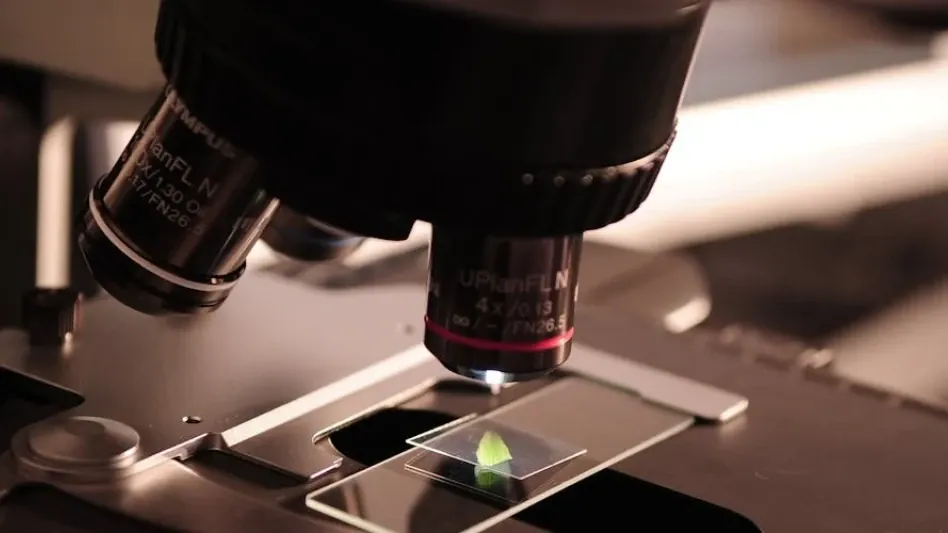The European Commission, under the leadership of President Ursula von der Leyen, has set ambitious goals to elevate the EU’s economy through the European Prosperity Plan for 2024-2029. Central to this plan is the Strategy for European Life Sciences, which aims to enhance the EU’s global standing, drive economic growth, foster innovation, and improve healthcare standards across Europe. This comprehensive strategy underscores the importance of research and innovation as critical drivers of industrial competitiveness, particularly within the life sciences sector—a pivotal area that can significantly influence the EU’s economic and healthcare landscapes.
The Importance of the Life Sciences Sector
Johnson & Johnson (J&J) has emphasized the critical role of the life sciences sector in transforming healthcare, creating jobs, attracting investments, and advancing public-private partnerships. The pharmaceutical sector alone supports approximately 900,000 direct jobs in Europe and contributes €136 billion in trade surplus. Similarly, the medical technology sector employs over 880,000 people and provides an €11 billion trade surplus. These figures highlight the significant economic impact of the life sciences sector, which is integral to the EU’s overall economic health.
However, the EU faces a substantial investment gap compared to the United States, which allocated €40 billion to public health research in 2021, while the EU only allocated €8.4 billion. This stark disparity places the EU at a competitive disadvantage, and it underscores the urgent need for increased investment in the life sciences sector. Without comparable funding, the EU risks falling behind in innovation, technological advancements, and global market competitiveness. Thus, addressing this investment gap is crucial to fortify the EU’s position in the life sciences domain and ensure sustained growth and innovation.
Challenges to Global Leadership
The EU’s life sciences sector finds itself under considerable pressure to maintain its global leadership role due to intensified competition from the US and China. These regions have made massive investments in health innovation, thereby widening the gap with the EU. Consequently, the EU has experienced a brain drain, a decrease in research and development (R&D) investments, and a reduction in its share of global clinical trials. If these trends continue without strategic interventions, the EU’s position in the global life sciences market may weaken further.
To counteract these downward trends, the European Prosperity Plan and the Strategy for European Life Sciences present a crucial opportunity for EU policymakers. Enacting policies that enhance the competitiveness of the EU single market, while accommodating various national healthcare systems, is essential. By adopting a coordinated and strategic approach, EU leaders can address the challenges posed by global competition and ensure that the life sciences sector continues to thrive. This will require not only increased financial investments but also a commitment to fostering an environment conducive to innovation and growth.
Strategic Interventions for Competitiveness
Policymakers must focus on creating world-class, adaptive regulations and a robust intellectual property framework tailored for the EU life sciences sector in the digital era. Supporting research and investment within the EU life sciences ecosystem is also critical. These measures will help bridge the investment gap and foster innovation. To maintain a competitive edge, the EU must adopt an agile regulatory framework that can keep pace with rapid technological advancements. Additionally, a strong intellectual property regime will ensure that innovations are adequately protected and incentivized.
Environmental sustainability is another cornerstone of the proposed strategy. Establishing a framework that balances competitiveness with the unique complexities of the life sciences sector is vital. Additionally, boosting the number of highly qualified professionals within the EU life sciences industry is essential to meet the sector’s evolving needs. By creating educational programs and opportunities for skill development, the EU can cultivate a talented workforce capable of driving future innovations. Furthermore, embracing sustainability not only aligns with global environmental goals but also enhances the sector’s long-term viability and public trust.
The Role of Open Trade Policies
Open trade policies that facilitate the free flow of goods and services are crucial for enhancing the EU’s competitive edge globally. By promoting open trade, the EU can ensure that its life sciences sector remains a driving force for innovation, economic growth, and healthcare excellence. An open trade environment allows for the efficient distribution of life-saving technologies and services, fostering international collaborations, and expanding market reach. By reducing trade barriers, the EU can bolster its position as a global leader in the life sciences industry.
Johnson & Johnson supports these initiatives, aligning with the vision articulated by Mario Draghi regarding the EU’s future competitiveness. The company underscores its commitment to contributing to Europe’s strategic response to contemporary challenges, emphasizing the need for decisive political leadership to transform policy recommendations into actionable strategies. Effective leadership will be instrumental in navigating the complexities of the life sciences sector and ensuring that the EU remains at the forefront of global innovation. By leveraging its strengths and addressing its challenges, the EU can create a thriving life sciences ecosystem that delivers economic and healthcare benefits to all its citizens.
Call to Action for Policymakers
The European Commission, led by President Ursula von der Leyen, has outlined ambitious plans to boost the EU’s economy with the European Prosperity Plan for 2024-2029. A keystone of this initiative is the Strategy for European Life Sciences, designed to elevate the EU’s global influence, stimulate economic growth, encourage innovation, and enhance healthcare standards throughout Europe. This all-encompassing strategy highlights research and innovation as essential elements for boosting industrial competitiveness, particularly in the life sciences sector. The life sciences field is crucial as it can profoundly impact Europe’s economic health and healthcare quality. By prioritizing advancements in life sciences, the EU aims to become a global leader, significantly improving its economic and healthcare landscapes. This plan underscores the EU’s commitment to achieving sustainable growth and maintaining a competitive edge in the global market, ensuring a healthier future for all its citizens and reinforcing Europe’s position on the world stage.









